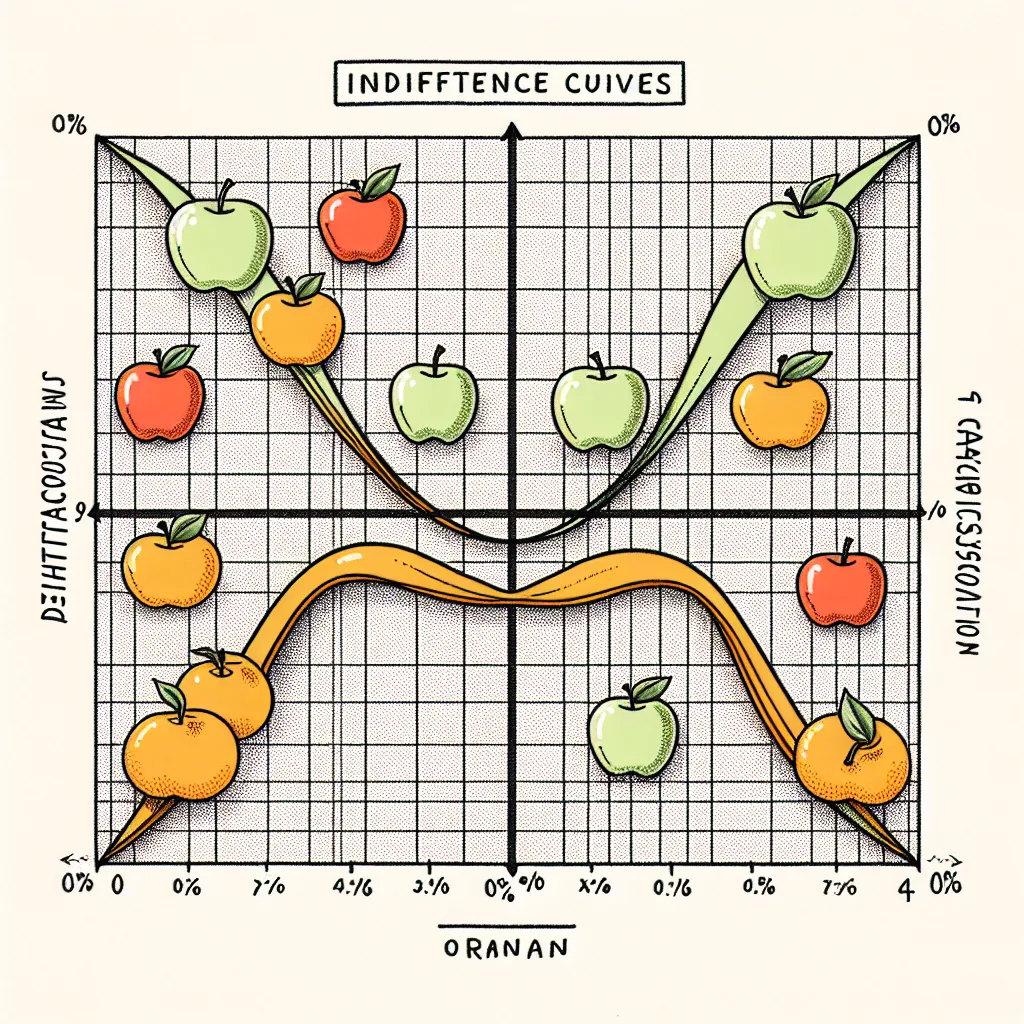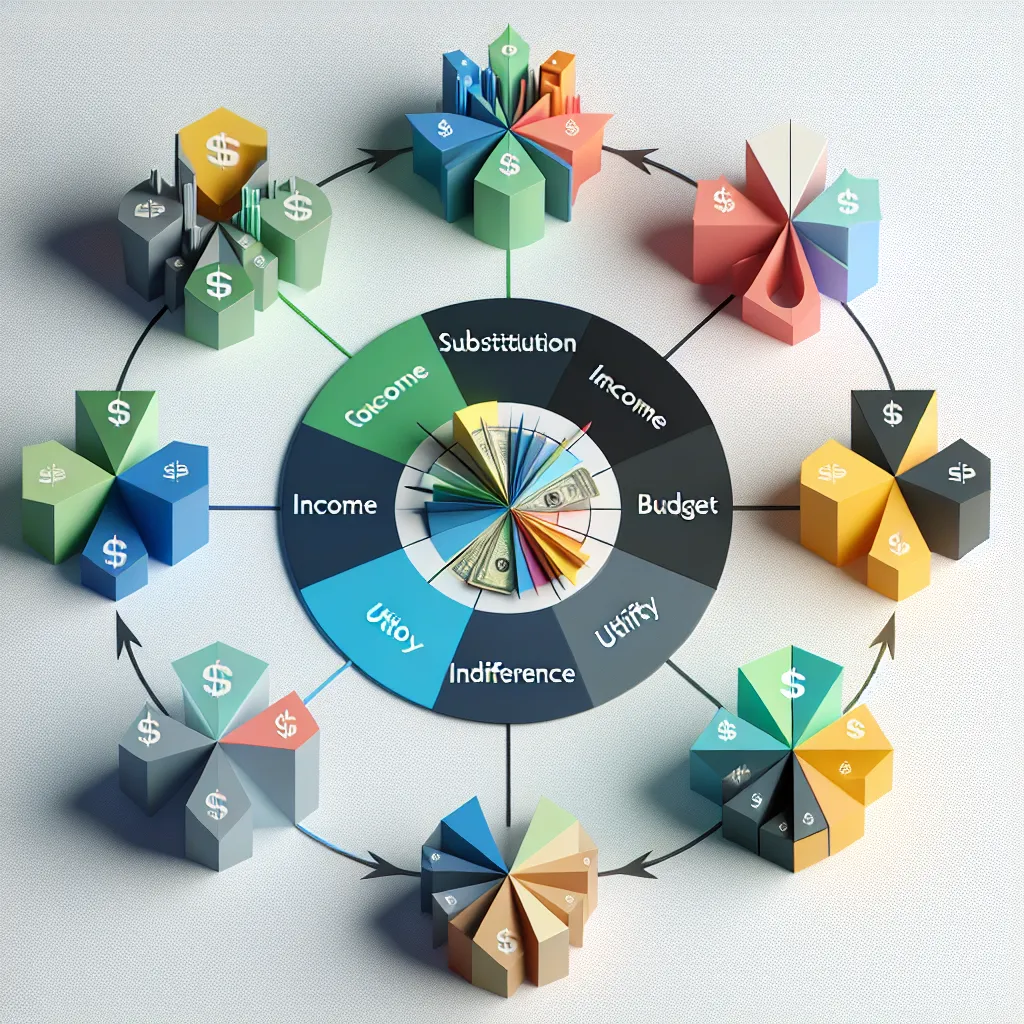Ask AI on The Internet
Question: Explain the main properties of an indifference curve in microeconomics, focusing on its unique shape where all combinations provide equal utility. Also, discuss why it is possible to have numerous indifference curves for any consumer's choice between two goods. Your answer should include a detailed explanation of the shape, the concept of equal utility along the curve, and the reason for the existence of multiple indifference curves. (4+4+4=12 Marks)
Certainly! Here is a detailed explanation on the main properties of an indifference curve in microeconomics: ### 1. Shape of an Indifference Curve (4 Marks) An indifference curve typically has a **convex shape** to the origin. This means the curve bows inward, reflecting the diminishing marginal rate of substitution (MRS) between the two goods. The MRS is the rate at which a consumer is willing to exchange one good for another while maintaining the same level of utility. As you move down along the curve from left to right, consumers are willing to give up less of Good Y to obtain more of Good X, due to the principle of diminishing marginal utility. There are a few key points to note about the shape: - **Downward Sloping:** This represents the trade-off between two goods. If you consume more of one good, you must consume less of the other to maintain the same utility level. - **Convexity:** Consumers prefer a balanced combination of goods rather than extreme amounts of just one good, which translates to the curve’s convex shape. - **Non-intersecting:** Indifference curves cannot cross each other, as it would imply inconsistent preferences, which is logically impossible. ### 2. Equal Utility Along the Curve (4 Marks) Each point on an indifference curve represents a combination of two goods that gives the consumer the same level of **total utility**. Regardless of which specific combination is chosen on a particular indifference curve, the satisfaction (or utility) derived from the consumption bundle remains consistent. In simpler terms: - **Bundle Equality:** Every combination (bundle) of the two goods on an indifference curve will make the consumer equally happy. - **Utility Level:** The indifference curve does not show the exact level of utility numerically, but it indicates that the level is constant along the curve. This concept underscores the idea that moving from one point to another on the same indifference curve does not change the consumer’s overall satisfaction. ### 3. Existence of Multiple Indifference Curves (4 Marks) **Numerous indifference curves** exist to represent different levels of utility. Each curve corresponds to a specific level of satisfaction and is ranked in such a way that curves further from the origin represent higher utility levels, and curves closer to the origin represent lower utility levels. The reasons behind this multiplicity are: - **Differing Utility Levels:** Each consumer’s preferences can be represented by countless levels of utility. Each unique level has its own corresponding indifference curve. - **Continuous Preference Spectrum:** Preferences are continuous, meaning for any two goods, there are numerous possible combinations that yield different satisfaction levels. - **Comparison of Satisfaction:** With more goods or services, consumers evaluate higher and lower satisfaction bundles, captured by shifting to other indifference curves. In summary, indifference curves reflect a detailed map of a consumer’s preferences, by showing even slight changes in consumption bundles that offer different utilities. Because consumer preferences can vary infinitely between different combinations of goods offering distinct levels of satisfaction, numerous indifference curves exist to record those variations, demonstrating a comprehensive preference landscape.
Think your answer is better than the AI's? Post it below.
Other Most Relevant Posts:
Question Tags
If you want your question answered by an AI, click here.







Post your own comment: